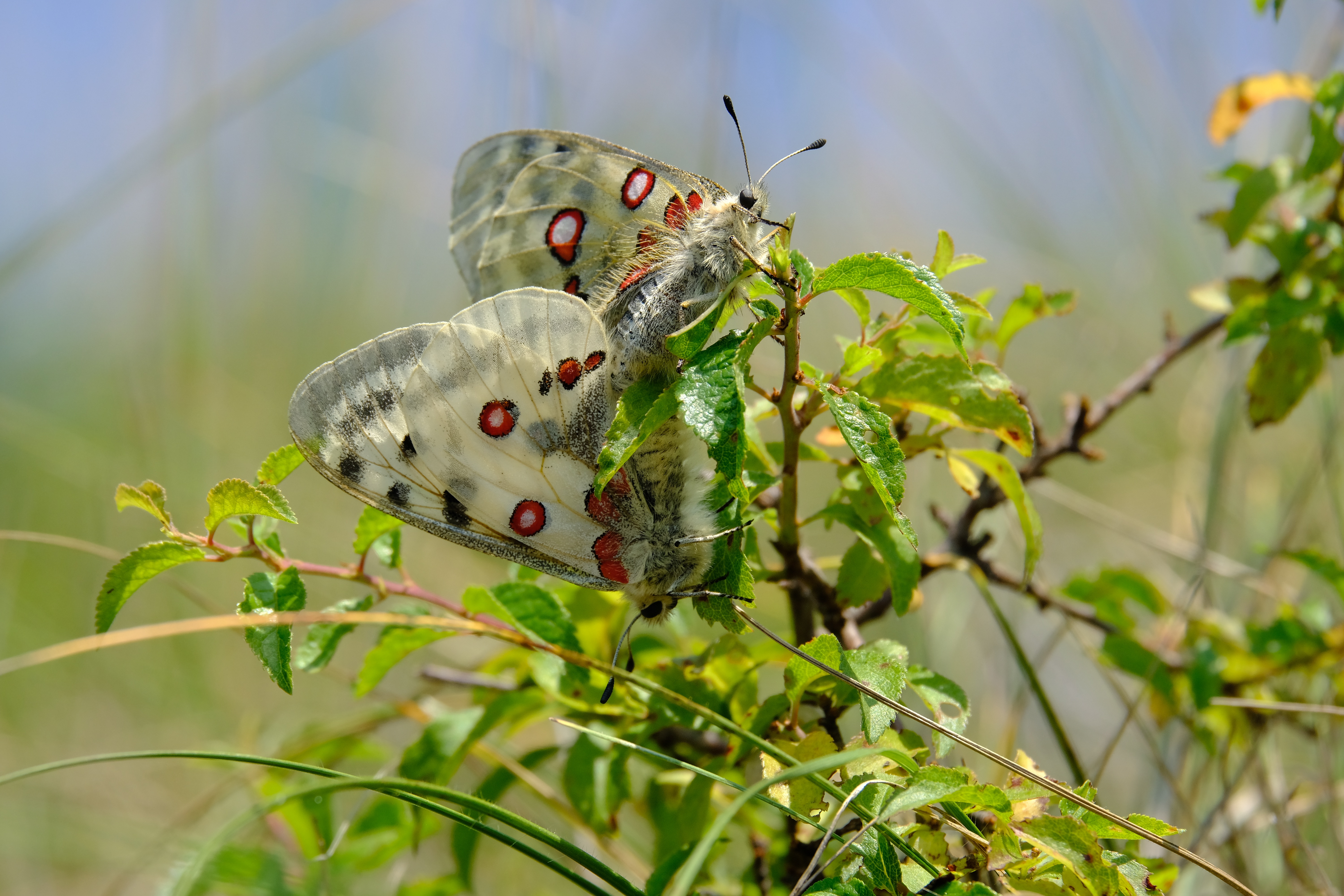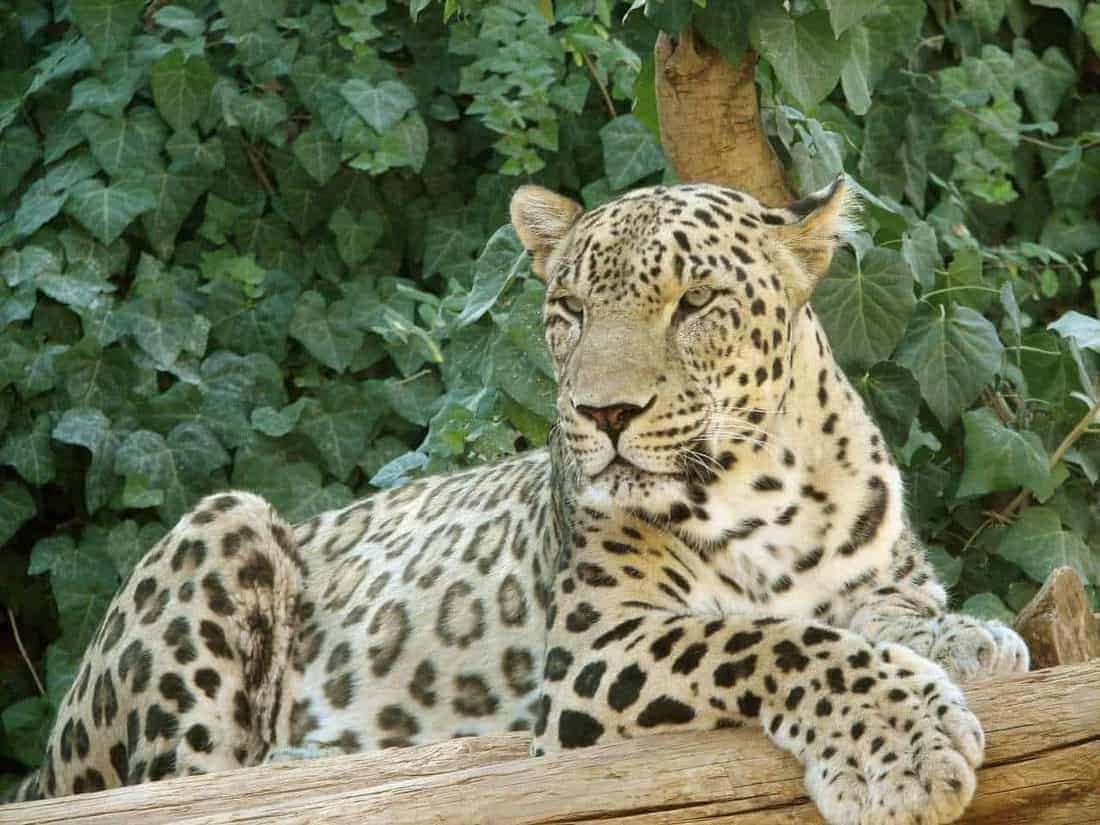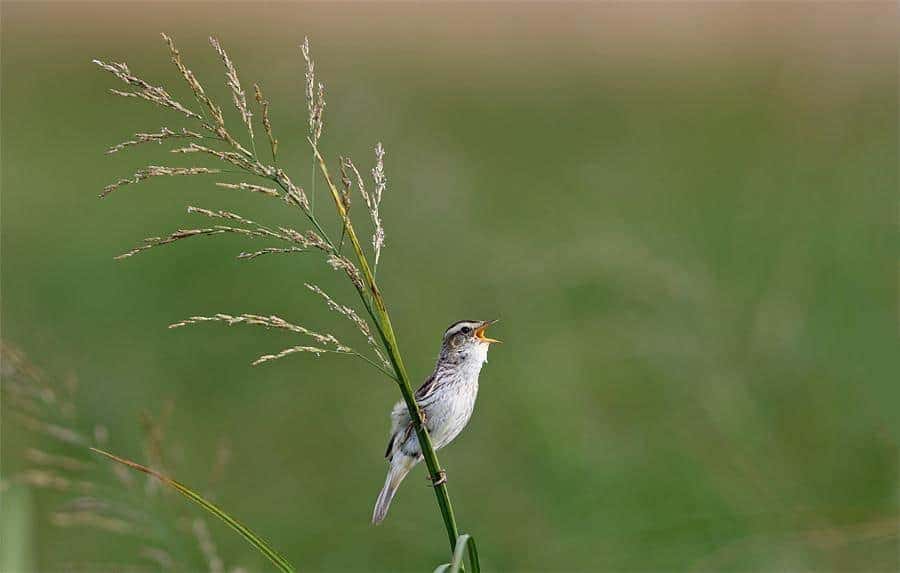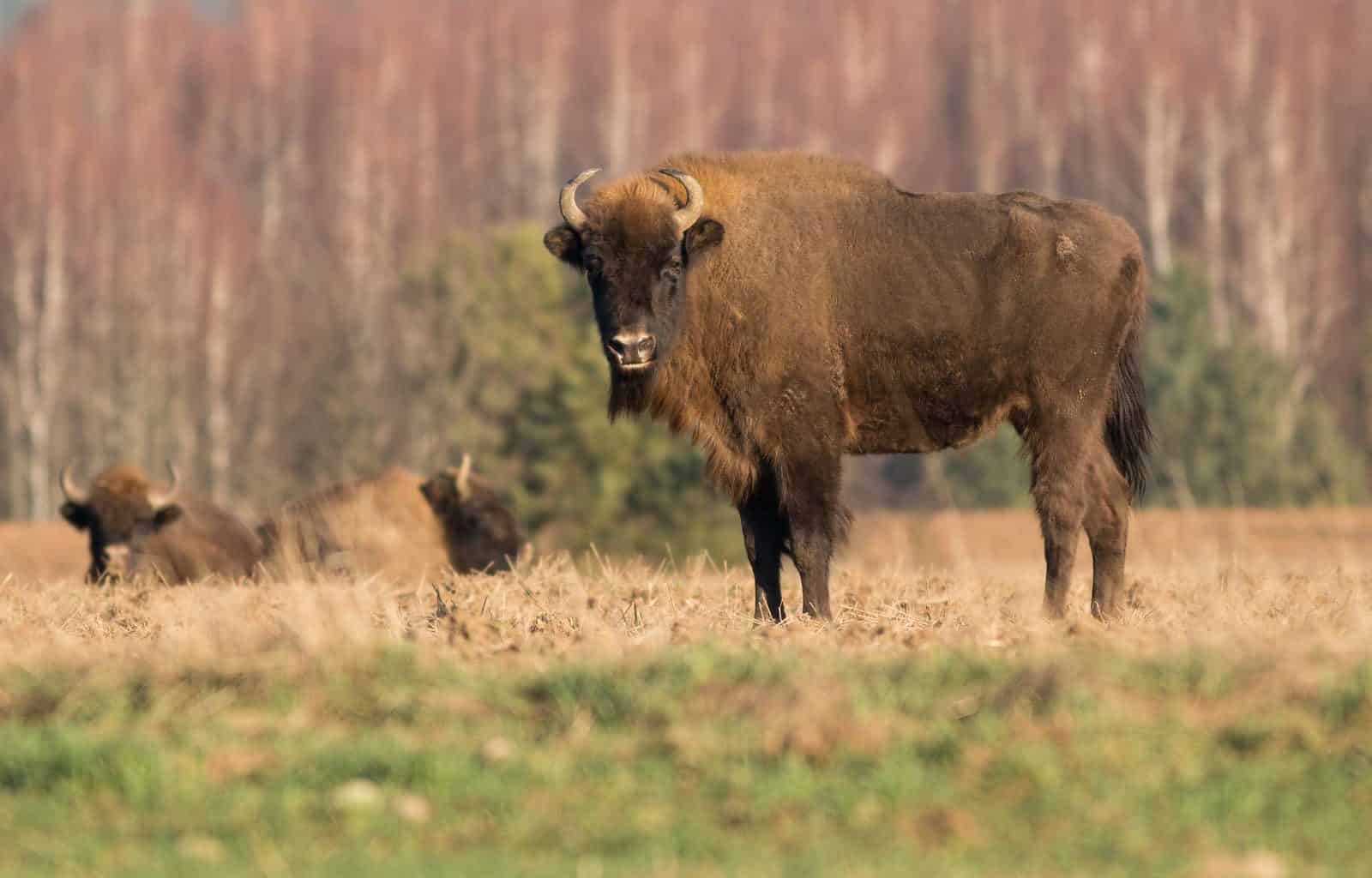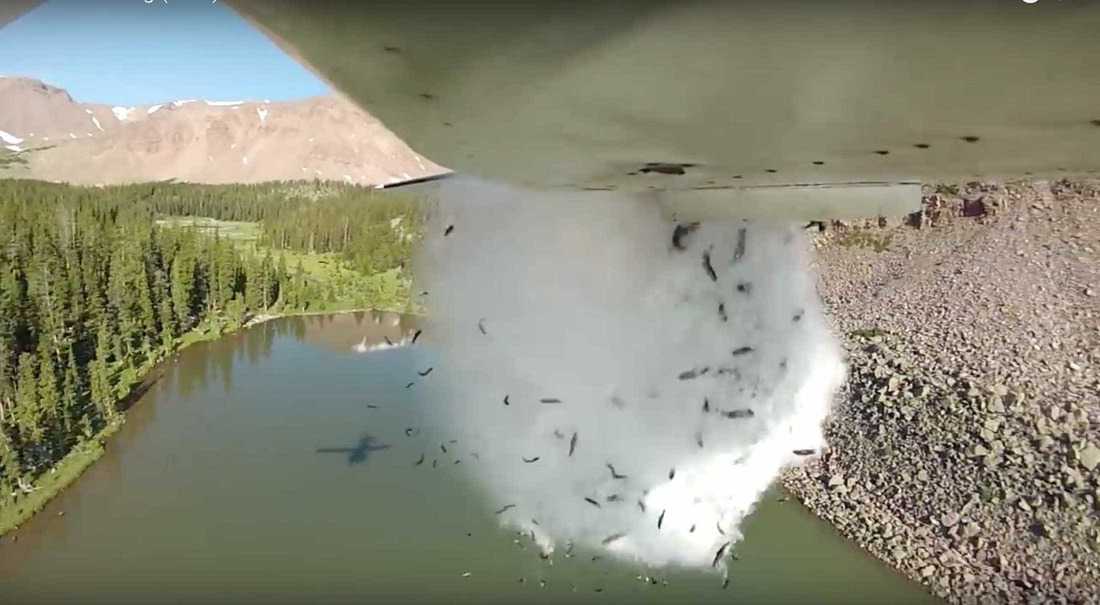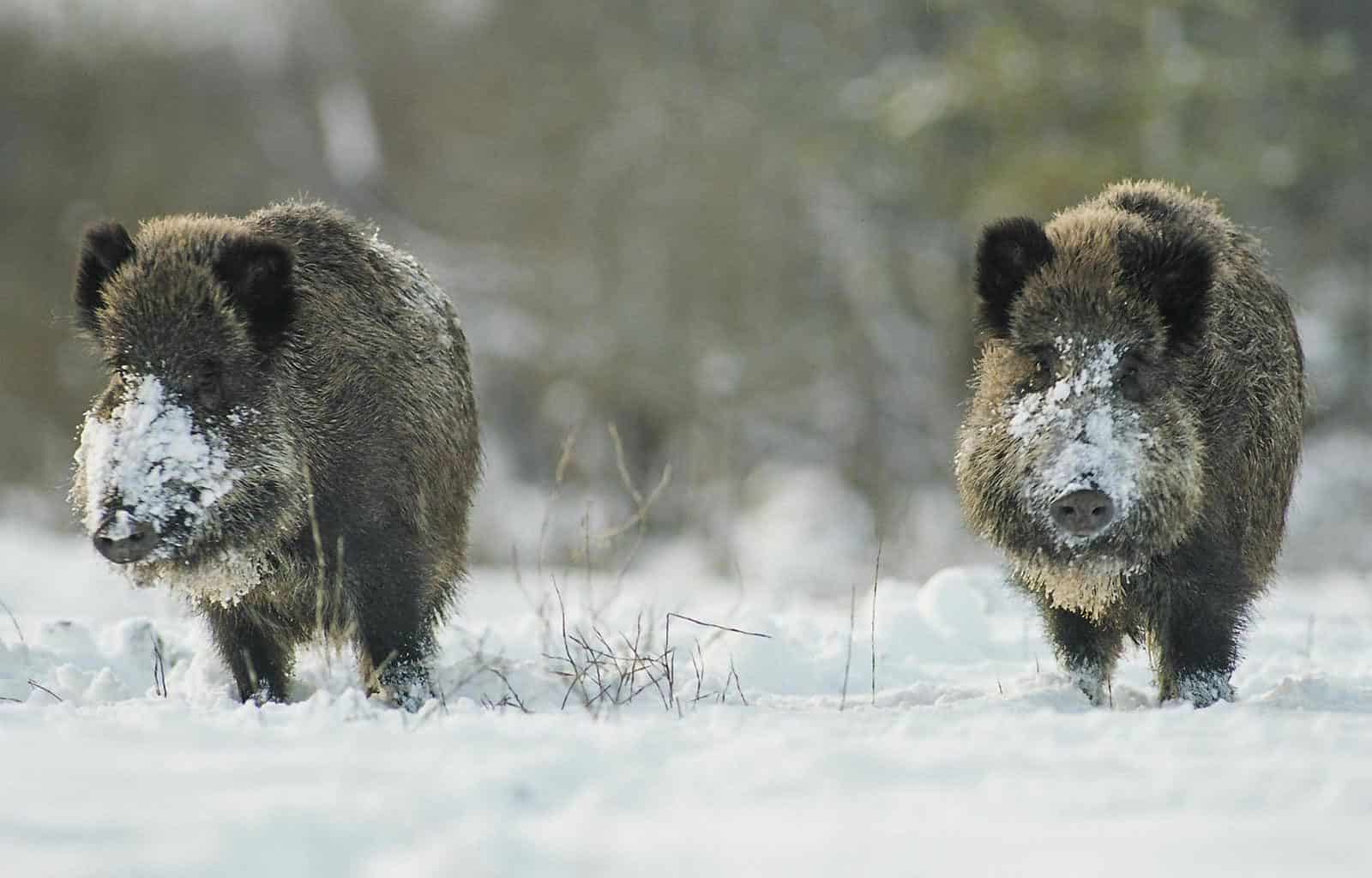Apollo butterfly in Austria
The Apollo butterfly (Parnassius apollo) is a stunning and iconic species found in various parts of Europe, including Austria. Renowned for its exquisite beauty, the Apollo butterfly is a sight to behold with its large wingspan and striking black-and-white coloration.
In Austria, this magnificent butterfly can be spotted in alpine regions, particularly in the mountainous areas of the Austrian Alps.
Prehistory of apollo butterfly in Austria
The prehistory of the Apollo in Austria is shrouded in the mists of time. As a species, the Apollo butterfly has a long evolutionary history, dating back millions of years. However, specific details about its presence in Austria during prehistoric times are difficult to ascertain.
Fossil evidence or direct records of the butterfly’s existence from that era are scarce. Nonetheless, it can be assumed that the Apollo butterfly, or its ancestral forms, inhabited the alpine regions of Austria, adapting to the local environmental conditions over time.
These adaptations, shaped by natural selection, would have played a crucial role in the butterfly’s survival and success in the challenging alpine habitats. While the exact prehistoric story of the Apollo butterfly in Austria remains a mystery, its presence in the country today is a testament to its resilience and evolutionary history.
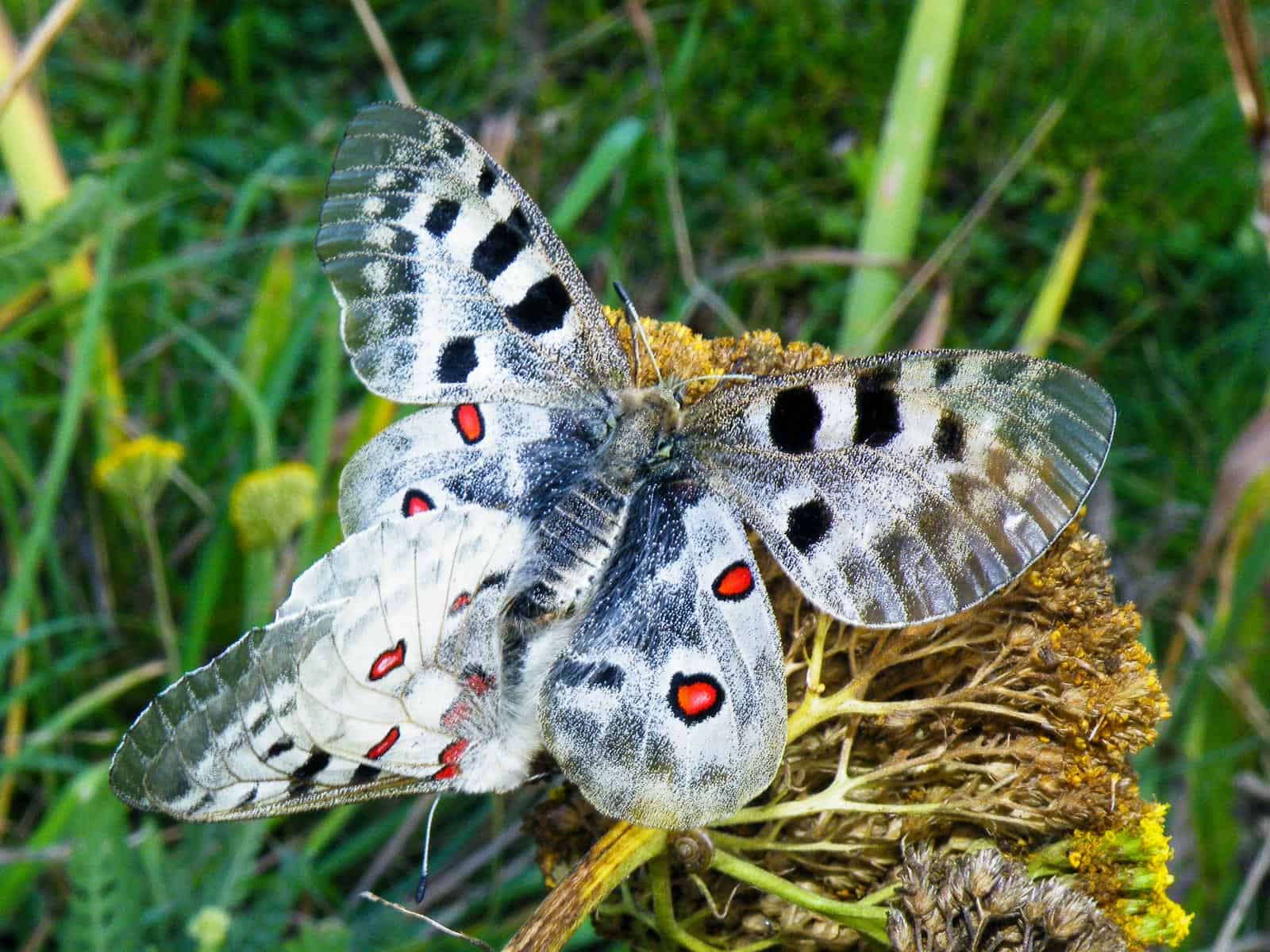
Habitat preference of apollo butterfly in Austria
The Apollo in Austria exhibits distinct habitat preferences that are essential for its survival and reproduction. This magnificent species is primarily live in alpine regions, particularly in the mountainous areas of the Austrian Alps.
The Apollo butterfly thrives in high-altitude habitats characterized by open meadows, alpine pastures, and rocky slopes. These areas provide the ideal conditions for its larval host plants, which primarily include various species of stonecrops (Sedum spp.) and saxifrages (Saxifraga spp.). These plants not only serve as a food source for the butterfly’s caterpillars but also provide suitable places for oviposition (egg-laying) and shelter.
The presence of these larval host plants is crucial for the Apollo butterfly’s survival, as they are specifically adapted to the alpine environment. The rocky terrain and sparse vegetation of alpine habitats create a unique ecological niche that the Apollo butterfly has evolved to exploit.
Treats of apollo butterfly in Austria
The Apollo butterfly (Parnassius apollo) in Austria faces several significant threats that pose challenges to its conservation and population sustainability. These threats can have adverse effects on the butterfly’s habitats and overall survival.
Habitat loss and degradation are among the most significant threats. Climate change is another major concern for the Apollo butterfly. Rising temperatures and altered precipitation patterns can disrupt the delicate balance of alpine ecosystems.
Overcollection for commercial purposes or private collections can also harm Apollo butterfly populations. Illegal collecting of the species can put additional pressure on already vulnerable populations.
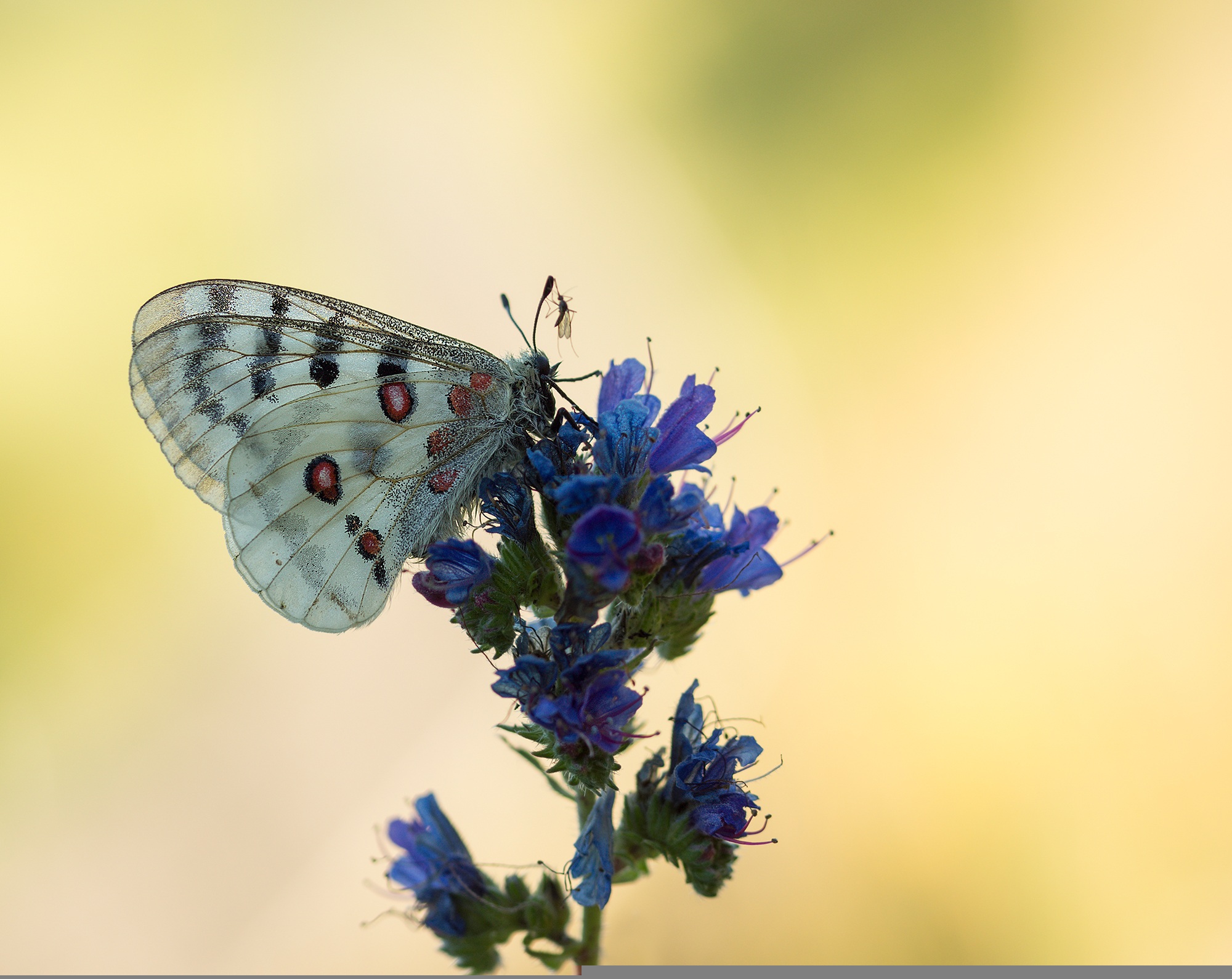
Conclusion
Conservation efforts in Austria aim to address these threats through the establishment of protected areas, habitat restoration projects, monitoring programs, and public awareness campaigns. By addressing these challenges, it is possible to safeguard the Apollo butterfly and ensure its continued presence in the alpine landscapes of Austria for future generations to admire.
Conservation efforts are essential for the Apollo butterfly in Austria, as it faces several threats such as habitat loss, climate change, and overcollection.

